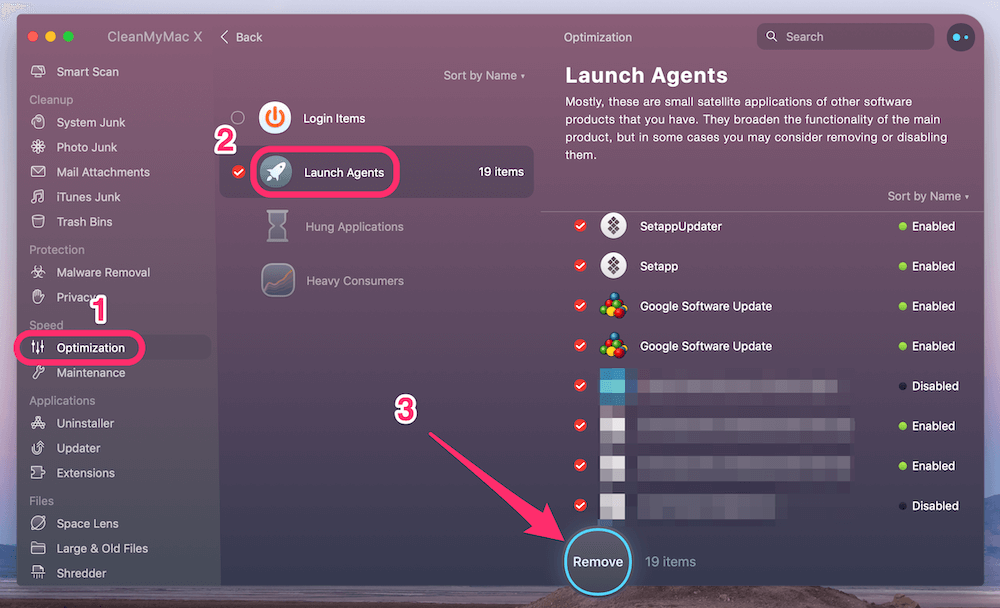
:max_bytes(150000):strip_icc()/004-how-to-add-startup-items-to-mac-2260903-b07074996a7545499c9addc46a4aa9ac.jpg)
OS X includes a boot option called Safe Mode. Follow our guide on Target Disk Mode for more information on how it works. Sometimes it’s best to just retrieve those files and start fresh with a clean copy of OS X. Select the "Reinstall OS X" option, click "Continue" and then follow the onscreen prompts to complete the reinstallation of your operating system.Target Disk Mode is a great way to retrieve your files from your Mac if your machine refuses to boot properly. After you access the OS X Recovery utility, you may need to select a Wi-Fi network so that your Mac can download the latest installation files.

Restart and hold down the "Command-R" keys. Reinstalling Mac OS X fixes any corrupt system files and repairs the operating system without deleting your files, applications and other data. If you have a failing hard drive, a notice displays telling you to back up your system and reformat the hard drive. Select your hard drive from the sidebar and then click "Repair" to diagnose and repair the disk. Select the "Disk Utility" option and select the "First Aid" tab. Shut down your computer restart and then hold down the "Command-R" keys until you see the OS X Recovery utility screen. Use Disk Utility to check the status of your hard disk and make sure that you don't have a failing hard drive. Release the Shift key when you see the gray Apple logo. To start in Safe Mode, shut down your computer and press the power button to restart after you hear the start-up chime, press and hold the "Shift" key. If you boot into Safe Mode successfully, you can then shut down your computer and attempt to boot normally. Starting in Safe Mode also includes an automatic disk check to verify and repair any issues with the operating system software. Wait for your computer to boot into the operating system. Select the main hard drive, usually called Macintosh HD, and press the "Return" key. When the Startup Manager displays, use the left or right arrow keys to cycle between hard drive options. Start the computer as normal and hold down the "Option" key as the computer starts. This issue usually affects computers with more than one hard drive. When you hear the start-up chime a second time, release the keys.Īfter resetting the NVRAM, you may need to select the startup disk. Sometimes you need to restore the NVRAM to get your computer functioning again, reset the NVRAM by powering down the MacBook restart and immediately hold down the "Command-Option-P-R" keys simultaneously.


 0 kommentar(er)
0 kommentar(er)
